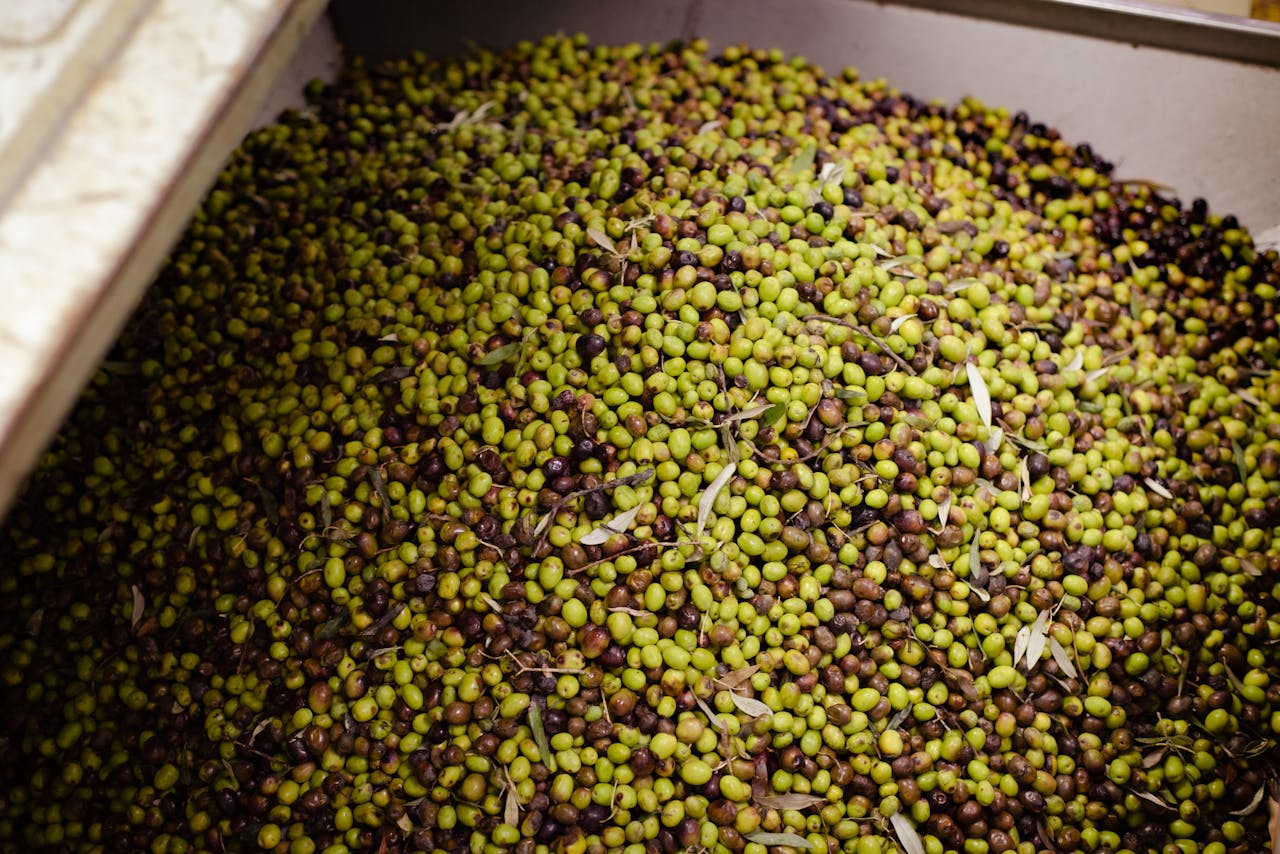Malta has experienced significant fluctuations in food inflation since the end of 2021, with the sharp rise in food prices playing a major role in driving overall inflation, accounting for about 22 per cent of household expenditure as calculated by one of the two major inflation measures.
The impact of these rising costs has been particularly severe on lower-income households, exacerbating economic pressures across the island and leading to widespread criticism.
A new analysis by the Central Bank of Malta shows that food inflation in Malta reached a historic peak of 12 per cent in October 2022, but by June 2024, it had significantly decreased to 3.3 per cent, closely aligning with the pre-pandemic long-term average of 3.2 per cent.
The decline reflects a broader easing of inflationary pressures within the food sector, particularly in processed food products, which constitute 77 per cent of food expenditure.
The steep rise in food inflation was largely driven by increases in meat, bread, cereals, and dairy products, leading the Maltese Government to respond with several measures, including a subsidy scheme launched in May 2022 to stabilise prices for essential food items such as cereals and animal feed.
Another significant intervention was the Stabbiltà scheme introduced in February 2024, which aimed to cap prices on around 450 food products.
These measures seem to have been effective in reducing inflation, with the sub-indices of many items covered by the scheme showing either slowed growth or negative rates by mid-2024.

Malta’s food inflation trends have broadly mirrored those in the Euro area, but there have been some notable differences in timing and magnitude. For example, while Malta’s food inflation peaked in October 2022, the Euro area saw its peak in March 2023 at 15.5 per cent.
The primary drivers of this inflation were the soaring energy costs, global supply chain disruptions, and the economic impact of the Russia-Ukraine conflict, which significantly affected international food commodity prices.
Looking ahead, food inflation in Malta is expected to stabilise further, with forecasts suggesting a gradual decline to three per cent by 2026.
Processed food inflation is anticipated to continue its downward trajectory, while unprocessed food inflation is expected to remain more volatile but ultimately stabilise around historical averages.
The contribution of food prices to overall inflation is projected to decrease, signalling a potential easing of economic pressures on Maltese households in the coming years.
Victoria, Gozo shortlisted to become European Capital of Culture 2031
While Birgu’s bid did not make the final list, Victoria now moves forward to the next phase of evaluation
Good season for Malta’s olive oil, but still not a record year, says Gozo producer
'You can’t just toss the olives in the machine'
Can Alex Borg’s ‘Baby Trust Fund’ bridge Malta’s wealth gap?
The idea of universal grant of basic capital (UBC) is to address wealth inequality






